Updated! Now THIS is a superior piece of kit!

OK, let's check this out...this now has two discrete "voice" channels, one being a 303-style and the other being a more conventional dual VCO lead/bass synth. Both of these are serviced by an extensive modulation and timing section in the lower row.
Top row: retained the Tiptop power inlet. Then the SEEK is a much-shrunk TB-303 style sequencer with quite a few more amenities than the Acidlab one. This feeds a Klavis dual VCO...onboard quantizing, ring mod, loads of waveforms, sync modes, etc. Then the dual outs go into the dual ins of a Tiptop Wavefolder, which interpose the incoming waveforms against each other AND provides a suboscillator divider. A pair of AR envelopes, next, and then an excellent multimode VCF which also incorporates a VCA for punch on the ACC outputs from the SEEK. But also, the ACC can be fed to the 2hp COMP, which lets you mash the crap out of your accented notes for extra JOYREX-style filth and nastiness. The A-130-2 is the end of the TB voice, also providing a second VCA for the lead/bass. That part uses the two Tiptop VCOs, into a Wavefolder yet again to mix and modify those. That then hits the LP VCF.
Bottom row: the little 1 hp sliver is a Konstant Labs power monitor, with pilot lights for your P/S rails to check for problems there since the Tiptop uZeus inlet is missing these. MIDI next, with a mini clone of the Mutable Yarns. Then a very twisted little dual clock/logic module, which is where the timing fun begins. A Hikari Euclidean sequencer then provides conflicting pulses, which can then be combined and resolved in the Boolean A-166 to create strange, new timing variations. The Toolbox provides a bunch of useful little bits...comparator, switch, summer, rectifier, etc. Then Doepfer's A-118-2 provides noise, random voltages, and either a sample and hold or track and hold. Triple linear VCA/mixer next, primarily for modulation level control. The mod sources themselves consist of a Maths (natch!) and a Zadar + its Nin expander; between these two, ALL envelope and LFO activity for the build gets generated and spread for the entire build's uses. Another dual VCA next, this time with variable response to allow it to be used for either audio or CV/mod, then after this is a 2hp Verb, usable for stereoizing/deepening a mono voice coming from that dual VCA to feed to the Clouds clone. That module's stereo output then feeds a Happy Nerding stereo transformer isolator + level control, which can just as easily be repurposed for dual mono use for the separate voice sections to have individual outputs.
How's that?
